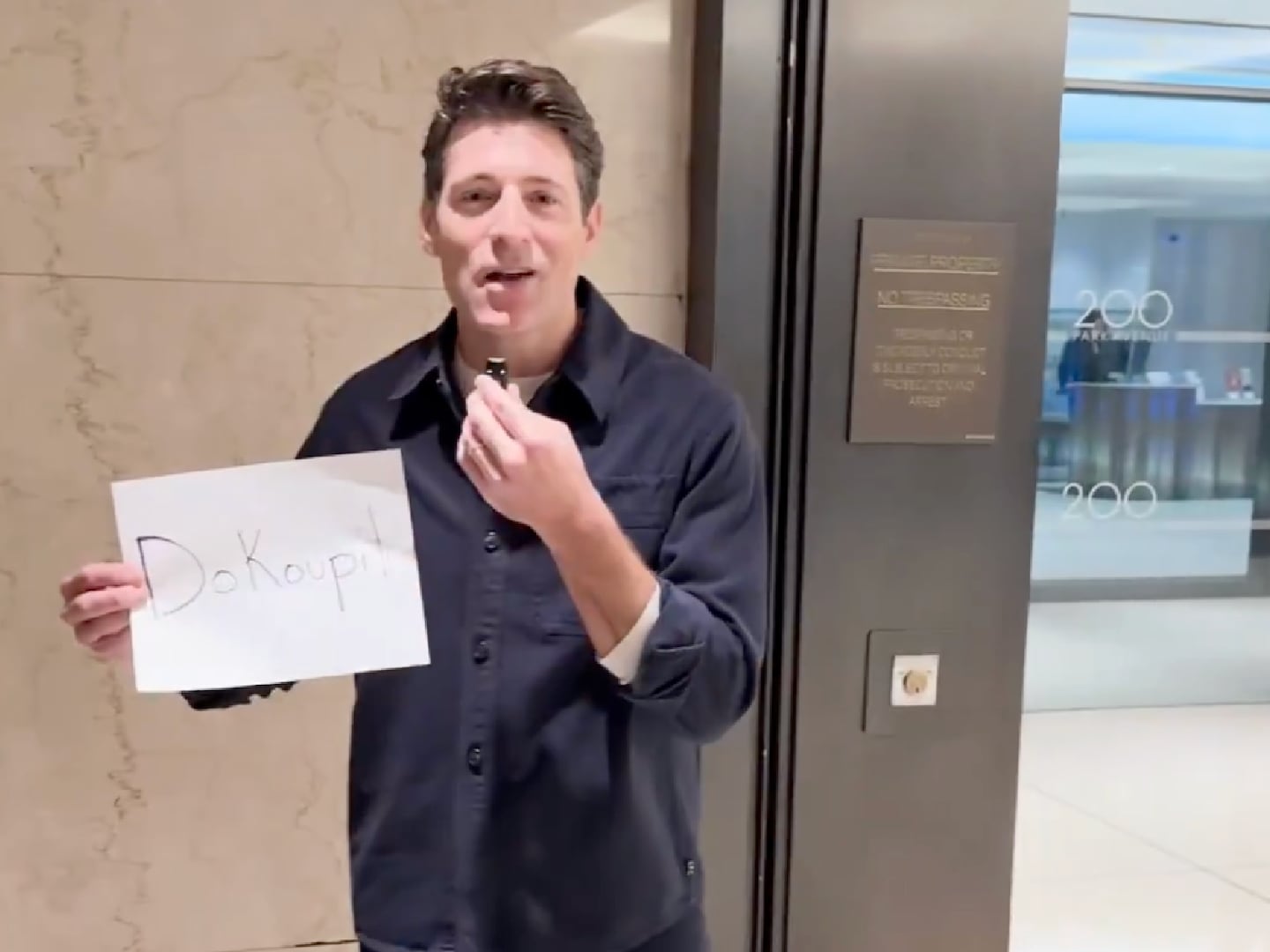Seeing may be believing, but is it also knowing? That question hovers over Three Minutes – A Lengthening, Bianca Stigter’s brilliant documentary adaptation of Glenn Kurtz’s 2014 book Three Minutes in Poland: Discovering a Lost World in a 1938 Family Film about a brief home movie and the facts and perspectives that can be gleaned from it. Deceptively simple and yet expertly constructed and hauntingly evocative, it’s a tribute to lives stolen and worlds destroyed that doubles as a meditation on the moving image’s capacity to provide insight—and, additionally, on its limits to do just that. A Holocaust film like no other, Stigter’s non-fiction work (co-produced by her husband Steve McQueen) speaks volumes, in only 72 minutes, about loss, time, tragedy and remembrance, all of it expressed in grainy color and black-and-white footage whose origins are mundane but whose lasting impact proves extraordinary.
Premiering in New York and Los Angeles theaters on Aug. 19, Three Minutes – A Lengthening is a film about a film—namely, a three-minute series of 16mm clips shot by Glenn Kurtz’s grandfather David in Nasielsk, Poland, during his and his wife’s 1938 European vacation, which Glenn found in 2009 in Palm Beach Gardens, Florida. Those reels are played without commentary, in full, at the beginning of Stigter’s documentary, revealing a gaggle of local children and adults on the village’s streets, grinning and angling to be captured in the cinematic frame, standing in doorways and running to and fro around the market square, and entering and exiting the synagogue’s large doors, which boast a carved lion in an upper right panel. As evidenced by these individuals’ caps, clothes and, in a few instances, long white beards, this is a Jewish community, and it appears to be a nondescript and joyful one, going about its usual business on a sunny day save for the arrival of David and his camera—a unique and special attraction that’s cast a spell on its citizens.
Upon initially discovering this relic, Glenn had no clue about either the footage’s location or the identities of those featured in it. Nonetheless, compelled to ascertain such basics, he embarked on a process of historical—via cinematic—investigation and excavation, noting small details (a black sedan, a barely legible shop sign) to determine that it was Thursday, Aug. 4, 1938, in Nasielsk, a town 30 miles north of Warsaw that housed a button factory and was home to 7,000 inhabitants, 3,000 of whom were Jewish. Only 100 of those men, women and children would survive the coming Holocaust, which commenced a year later in 1939 when all Jewish residents were rounded up and either immediately shipped out to ghettos on a train—following a horrific march to the station through mud and constant whippings—or first herded into the synagogue, where they were mercilessly beaten. For all but a few, their final destination would be the Treblinka concentration camp.
In voiceover, Glenn admits that nothing he learns from this movie can revive or rescue these people, and yet he persisted in his mission. “All I could do, all anyone could do, was to piece together the few fragments of their lives that remained,” he says. “To show their edges, and absences, defining the loss of that world by detailing the little of it that had been preserved. In this way, we might succeed in keeping the memory of the dead alive. Of remembering them despite the fact that they are dead.” Narrated by Helena Bonham Carter with an inquisitiveness and sorrow that further lends this endeavor a highly personal quality, Three Minutes – A Lengthening is a noble attempt to reverentially bear witness and to remember and, in doing so, to gain some measure of enlightenment from that which is and is not visible.
As an archival document about the Nazi-perpetrated horrors of Dec. 3, 1939, is read aloud, the writer/director slowly zooms into the town square, the image becoming fuzzier and more abstract the closer she peers. The tension between what is seen and what is known is ever-present in Three Minutes – A Lengthening, which doesn’t stop Stigter and Glenn from trying to comprehend all that they can. Through written testimonials and audio interviews with survivors and their descendants, the film resurrects hidden voices, stories, and histories. The material dips into slow motion and rewinds in a dogged search for answers, an echo of this venture’s overarching aim to both freeze time and roll back the clock, however fleetingly. It’s a fundamentally impossible task, but one carried out with tremendous grace, skill and empathy; in one elderly man’s recollection of successfully saving his girlfriend from the synagogue in 1939 (courtesy of an anti-Hitler soldier’s borrowed coat and cap), the desperation and terror of the Holocaust is brought into sharp, agonizing relief.
Juxtapositions and collages of profile stills taken from David’s home movie put affecting (if largely anonymous) faces to a nightmare that, in Three Minutes – A Lengthening, has yet to arrive. The fact that these people don’t know what awaits them is central to the documentary’s poignancy and speaks to the absences inherent to the project—a topic that Glenn and Carter address toward its conclusion, ruminating on the idea that what we see while watching David’s footage are its particulars, whereas survivors perceive the surrounding vanished world lurking just outside the frame. Such melancholy notions reverberate throughout, as when Carter discusses how things only gain specificity, and definition, when they are seriously considered; a tree is just a tree, for example, until we pay close attention to it, at which point our very act of reflection makes it, as in this case, a Linden tree.
With a deft editorial structure that replays and resplices David’s movie in telling ways, Three Minutes – A Lengthening strives to fill in as many gaps as possible, all while understanding that it’s destined for incompletion. That too speaks to the voids at the heart of Stigter’s documentary, whose commemoration is touching, to some degree, precisely because it can never be fully achieved. What remains, then, are fragmentary images of ghosts, their silhouettes moving about the interior of a restaurant whose curtain backdrop boasts shining flowers (or are they stars?), and their happy countenances beaming at David as he makes his stop in this quiet Polish hamlet. They are irretrievably lost, and yet also, thanks to Stigter and Glenn, forever found.







